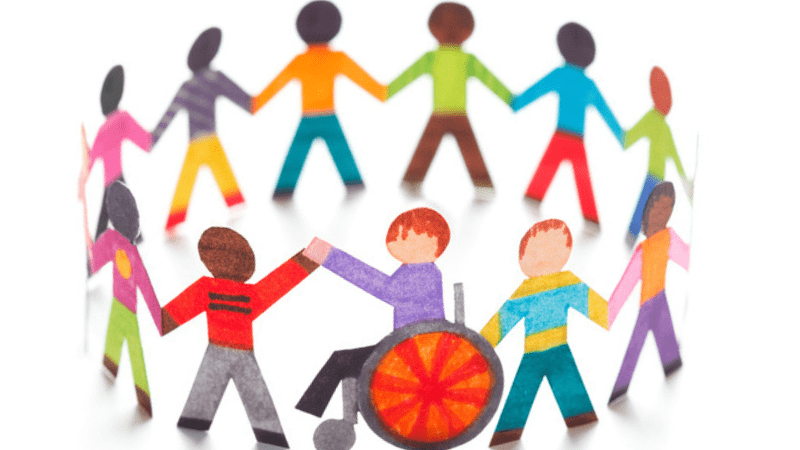PY4055 Blog – Susan O’Donoghue
16167392
Quality Physical Education (#CoolPE) and the use of digital technology
to provide an inclusive learning environment
Your experience on the topic on school
placement
Unfortunately, the school I completed my placement in was not very advanced with regards to digital technology. While there was projectors and white boards in all of the classrooms, none of the students had access to laptops or iPad's and there was only one computer room in the school. In the PE hall there was no technology at all, not even a sound system to use during dance, so I made do with a portable speaker. However, because I have never experienced using technology in a classroom I cannot say that not having it hindered me, although when I begin to imagine the ways in which technology could have enhanced an inclusive environment in my PE lessons, the opportunities seem endless! If
I had access to digital technology I could have used it as a way of assessing
students. Instead of using assessment cards students could have videoed each
other doing the skills and analysed the video. On placement I also had students
work in groups and document their progress in HRA each week on a poster, which
they then presented at the end of the teaching block. Had the students had
access to iPads they could have documented their progress online using videos,
images and voice recordings. They also could have presented the information in
many new and exciting ways at the end of the block instead of just using a
poster presentation. This could be used to entice and engage the less sporty
students as they could have been in charge of editing videos or presenting
information, so that they were also included in the learning. It also could
have made lessons so much more inclusive and enjoyable for the students with
SEN in my classes.
Key messages from literature

What would you do going forward with regards to teaching practice (informed by literature)
In conclusion,
I feel it is safe to say that technology is the way forward in creating an
inclusive learning environment for all in Physical Education classes and I will
be sure to find ways to improvise in future even when technological resources
may be limited in a school. It is evident from the literature that having
access to digital technologies can greatly enhance the experience of students
with SEN in PE, which is very important if we are to promote inclusion. In my
next teaching practice I will be sure to make use of digital technologies.
While I may not have access to iPad’s, I can make use of computers and allow
students to research PE related topics and to create videos or podcasts on
their progress in PE as a means of assessment.


References
- Adyrkhaev S.G. (2016), ‘Modern technology of physical education of disabled students in conditions of inclusive education’.. Pedagogics, Psychology, Medical-biological Problems of Physical Training and Sports, 4-12, available: http://dx.doi.org/10.15561/18189172.2016.0101
- Hanski, M. (2016), ‘Gym Classes Go Digital: How Tech Changes Physical Education’ School Administration, 14th July, available: https://blog.capterra.com/gym-classes-go-digital-how-tech-changes-physical-education/ [accessed 7 Feb 2019]
- McCaughtry, N. (2009), The Child and the Curriculum: Implications of Deweyan Philosophy in the Pursuit of “Cool” Physical Education for Children, in Housner, L. Metzler, M. Schempp, P. and Templin, T. eds. Historic Traditions and Future Directions of Research on Teaching and Teacher Education, Morgantown: Fitness Information Technology, 187-198
Comments
Post a Comment